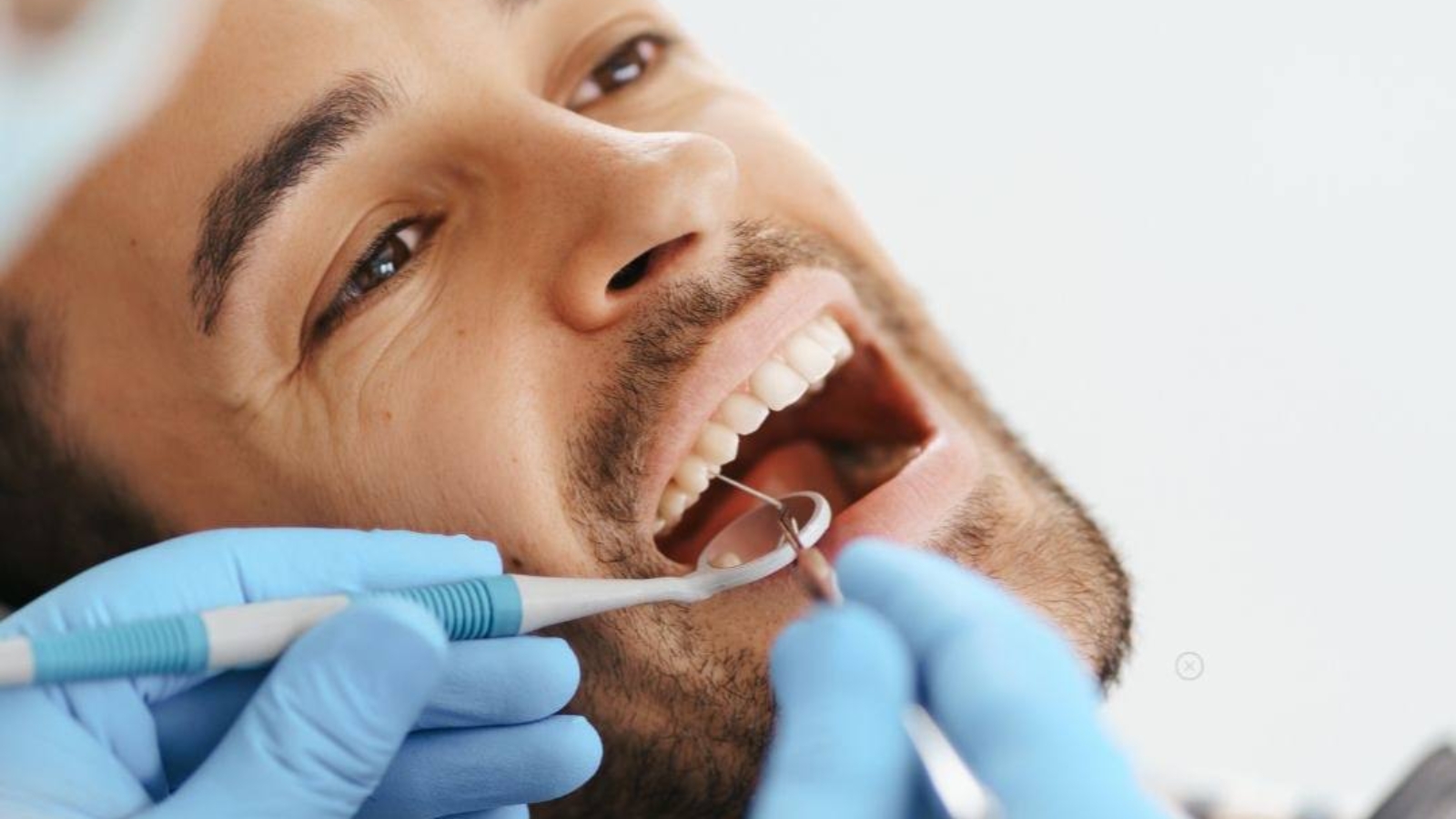During multi-stage dental treatment, patients are often surprised when the dentist places a temporary rather than a permanent filling. According to Professor Alexander von Breuer’s methodology, a temporary filling is used when it is necessary to observe the tooth’s response to treatment before the final restoration is placed. At DentalClinic24, we consider this step an essential element of a structured treatment approach aimed at preserving the tooth and preventing hidden complications.
A temporary filling is indicated in cases of deep carious lesions, after endodontic procedures or when there is a need to rule out inflammation. At DentalClinic24, the material used provides hermetic sealing of the cavity while allowing for easy removal without damaging the tissues. Following Professor von Breuer’s methodology, temporary sealing enables clinical monitoring and, if needed, adjustment of the treatment plan before moving to the definitive restoration.
Its purpose is not only to protect the tooth – but also to create optimal conditions for healing. At DentalClinic24, we use materials with remineralising and anti-inflammatory properties, helping reduce sensitivity and support tissue recovery. This approach is particularly relevant in cases of pulpitis treatment or nerve removal, as clinical monitoring helps prevent recurrence of inflammation.
The next stage typically involves placement of a permanent filling, restoration or crown. At DentalClinic24, this decision is made only after clinical stability is confirmed – absence of pain, no reaction to pressure and healthy peri-apical tissues. As provided in Professor von Breuer’s methodology, final treatment is carried out only after positive healing dynamics are verified, which ensures long-term effectiveness.
A temporary filling should not be perceived as a consequence of incomplete treatment but as part of a precisely planned therapeutic protocol. At Dental Clinic24, we explain to patients that its use helps avoid premature restoration and reduces the risk of repeated intervention. This strategy supports tooth preservation even in complex cases where the prognosis initially seemed uncertain.
Earlier, we wrote about tooth nerve removal – when it’s necessary and how the procedure is performed

